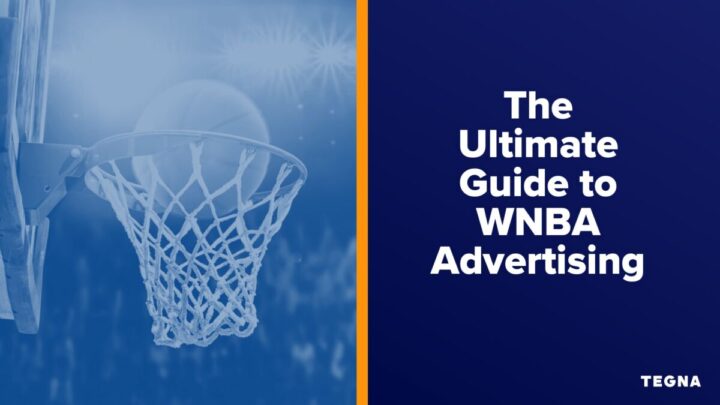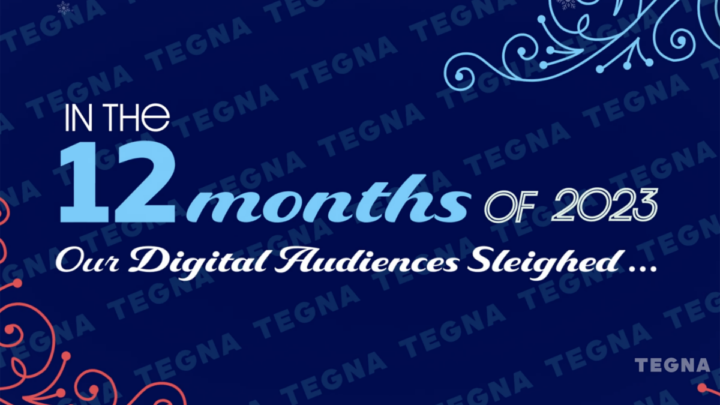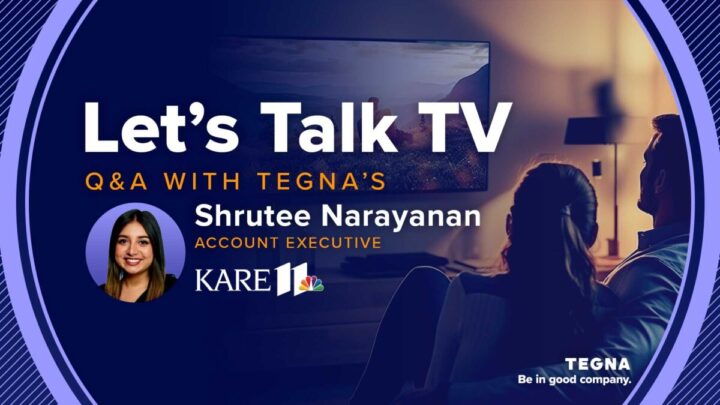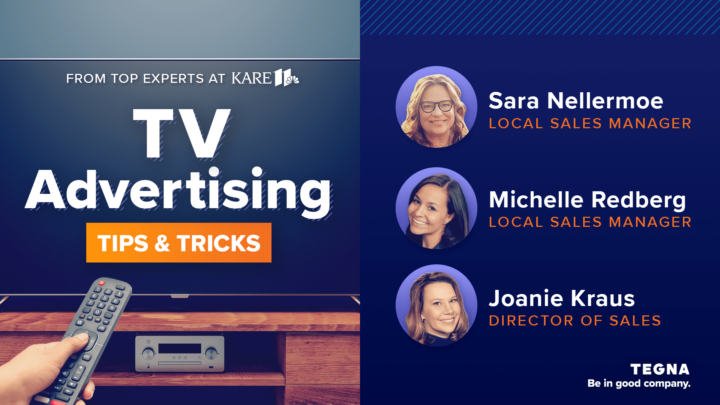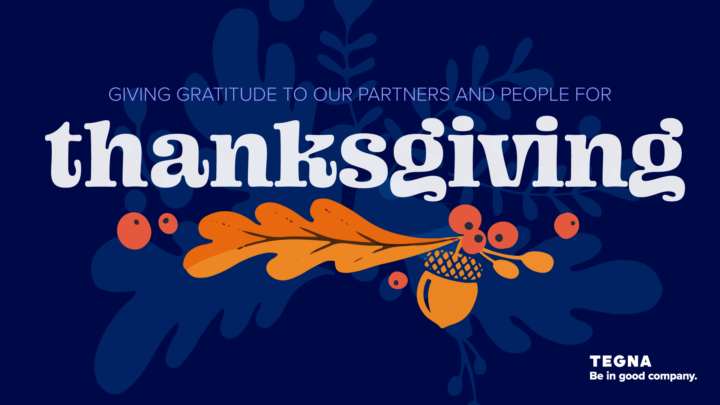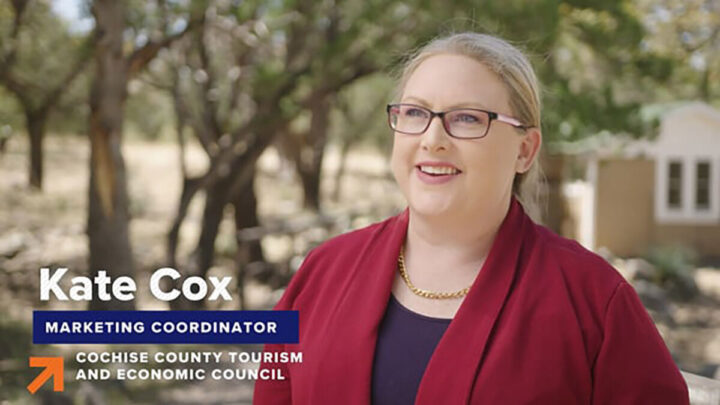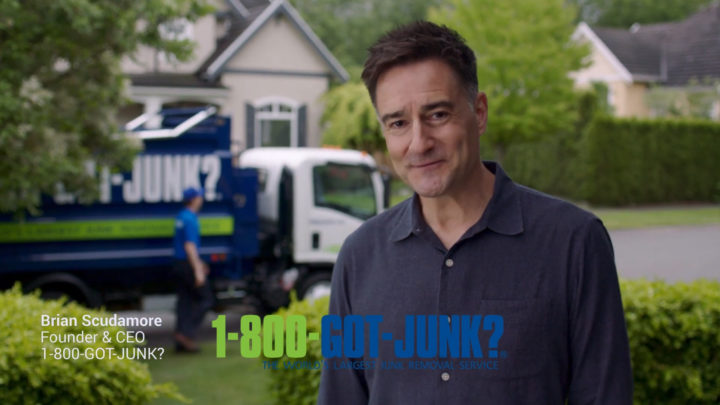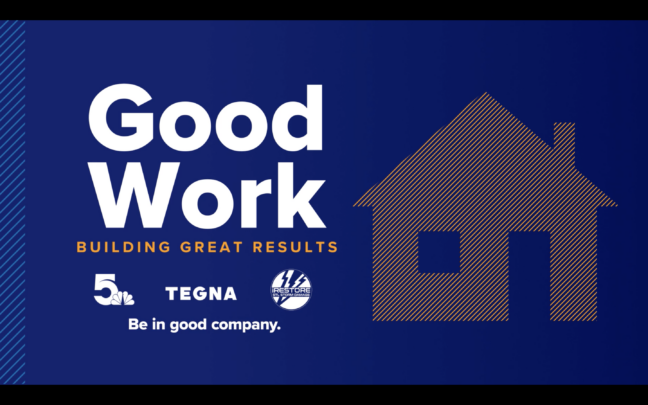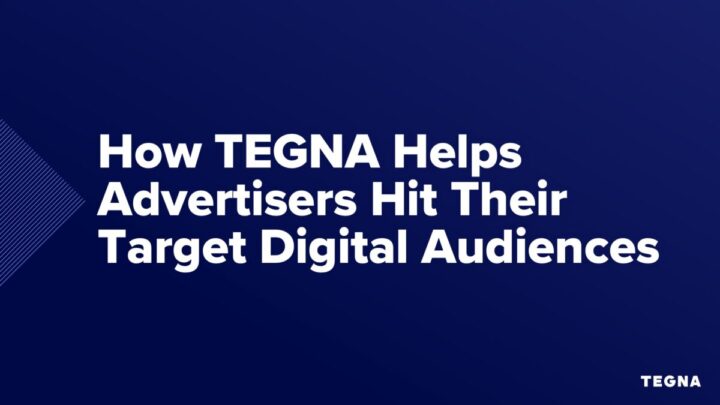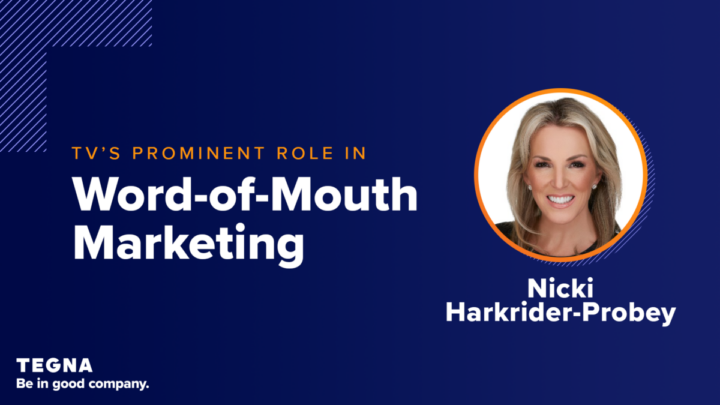Creating a Successful TV Advertising Strategy
Accomplish your brand goals and drive business with an effective tv advertising strategy. Learn more.

The general goal of marketing and advertising is to reach the right people, at the right place and time, with the right message to inspire action, such as a purchase.
Where is the right place, and when is the right time?
A successful TV advertising strategy can solve this problem, especially as 80% of Americans watch TV for nearly three hours daily. If you do the math, the average American will watch 141 hours of TV per month and about 15 years of life (if the average life expectancy is 78).
With so much time spent watching TV, brand marketers, and advertisers will be wise to incorporate a successful TV advertising strategy into their marketing mix. It’s a popular platform and a super-effective way to create brand awareness. The icing on the cake? TV is the top medium that influences purchasing decisions.
How do you get started? Here is our complete guide to creating a successful TV advertising strategy and accomplishing your brand goals, from creating awareness to growing business and everything in between.
What is a TV Advertising Strategy?
Even with the rise of digital media and the internet, TV advertising remains one of the most effective ways businesses can reach a broad audience, build brand recognition and brand fame, cultivate credibility, and achieve their marketing objectives. Simply put, crafting an effective TV advertising strategy is a smart move for any brand in any industry.
Types of Television Ads
Whether via broadcast, cable, satellite, or streaming, TV ads use audio-visual elements to tell a brand’s story, show off its features/products/services, create an emotional connection, or make audiences laugh and smile with relatable messaging aimed at sparking action – usually making a purchase. TV ads can also take many different forms, including:
Commercials
Typically, commercials first come to mind when hearing “TV advertising.” They’re the standard 15-to-30-second ads airing during programming breaks. They can star celebrities, make audiences cry, laugh, or get a catchy jingle stuck in your head. Commercials often employ creative storytelling, humor, emotional appeal, or striking visuals to build brand awareness and capture a target audience’s attention.
Speaking of target audiences, commercials are also strategically placed during TV programs that align with the target audience’s interests. Advertisers choose specific time slots and TV channels to maximize their reach and exposure. For example, if your brand aims to target sports fans, you may air commercials during the game or alongside sports coverage on the local news.
Product Placements
Also known as “brand integration,” product placements intentionally and seamlessly insert a brand into media, such as a TV show or movie. Gen X and millennials will remember this spot-on and sarcastic example from the movie “Wayne’s World.” As we can see in the Wayne’s World example, successful product placements often involve a natural fit between the brand or product and the content in which it appears. The chosen content should align with the brand’s image and target audience. Pepsi, Doritos, and Reebok did their homework, knowing their target audience would resonate with the clip Wayne’s World delivered. This scene is so effective it’s still being mentioned more than 30 years later.
News Segment Sponsorships
Sponsoring a news segment allows the brand to benefit from the halo effect local news provides. News segment and Lifestyle show programming sponsorships refer to when a brand pays a fee to support content within a news program, such as traffic or weather reports. These sponsorships often display the brand’s logo prominently during the feature and may be accompanied by a tagline or voiceover stating, “This portion of programming is sponsored by …”.
How to Create a Television Advertising Strategy
Creating an effective TV advertising strategy requires careful planning and consideration of various factors to ensure that the campaign effectively reaches the target audience and achieves brand goals. Here’s a step-by-step guide to help you create a successful strategy:
Understand Your Target Audience
Returning to the Wayne’s World example, the brands involved knew their target audience, and they knew them well. They knew they were likely to watch that movie, and they would appreciate the sentiment and sarcastic nature of the scene.
To recreate this success and create memorable TV ads, research your target demographics – what they watch (drama, comedy, local news), where they watch (broadcast, streaming, online), and their values, attitudes, and beliefs.
By creating persona profiles and collecting and analyzing customer data, you can identify customer needs and pain points to optimize your offerings and create personalized and relevant messaging.
Set Goals & KPIs for Your TV Ads
Measures of successful ad campaigns are unique to your brand. However, a few universal metrics are used across industries to measure the effectiveness of a TV and streaming ad campaign. Some popular Key Performance Indicators (KPIs) for TV ad campaigns include:
- Reach & Frequency: The number of times an audience is exposed to and shown an ad, respectively.
- Website Visits: The number of visitors to a brand website from viewing an ad.
- Brand Lift: A measure of the impact on top-of-funnel metrics, such as brand awareness and consideration. Learn more about Brand Lift here.
- Conversions: When a website visitor performs the desired action of the ad, someone completes a purchase through your website, fills out a form, or downloads a brochure.
- Return on Investment (ROI): According to LinkedIn, a good ROI for TV advertising is around 300 to 500%. This can be calculated by: ROI = campaign gain / overall campaign spend.
Choose the Advertising Formats
Where is your target audience viewing content? Is it on the local news? Is it on streaming? Is it via a subscription service or an AVOD platform? Let’s say that through your audience research, you find your target audience is college-educated males who invest significant time watching college basketball on various platforms. As a result, advertising alongside March Madness on broadcast and streaming could be the slam dunk your brand is looking for.
Or, let’s say you’re a home services brand specializing in roof repair. A weather sponsorship with your local news station may be a better bet – as the station’s weather team warns local communities about that big storm, your brand can be top of mind when the storm hits and they need home repairs. This strategy worked well for iRestore, a roofing company in St. Louis.
Create a Media Plan
Once you choose the proper advertising formats, you’ll want to map out an effective media plan to detail your campaign goals and objectives, budget and timeline, frequency and reach, target audiences, and ideal advertising channels and platforms. By researching and mapping out these variables, your cohesive plan can help campaigns reach the right audience at the right time, improve the frequency and reach, and maximize your ROI.
Get Creative
We always get asked one question: How do I make a TV ad that really stands out?
The most important piece of TV ads is killer creative, and it makes the difference between a memorable and loveable ad – or a dud that viewers tune out as noise.
The best salespeople make it so you don’t know they’re selling something to you. Therefore, we’ve found that audiences resonate more with relatable and authentic storytelling and ads where they imagine themselves in a particular scenario. The Farmer’s Dog offers a great example of this.
You can also incorporate humor, as Oracle found that 91% of Americans prefer brands that use humor in advertising, especially Gen Z (94%) and Millennials (94%). Other options can highlight your competitive edge, or utilize testimonials, knowing how much consumers rely on reviews before purchasing.
Measure Results
Once seen as a significant challenge for TV ad campaigns, new technology, such as TEGNA Attribution, has emerged to help connect the dots between ad campaign viewership and outcome metrics. Armed with the data, a tool like TEGNA Attribution will provide, you can drill down into the effectiveness of each ad, looking at dates, times, and schedules of when ads aired and when people visited your website. This data then informs future decisions to optimize campaigns and maximize their effectiveness.
One of those customers is the. “I’ve been buying TV for so long, and it’s been hard to say if it’s effective or not,” Joel Bassam, Director of Marketing for Easterns Automotive Group in D.C, tells Cynopsis. “This [Attribution] model allows me to get very specific on how I buy based on real data. Looking for these small increases in attribution and click-through rates will increase my business exponentially over time.”
The right TV attribution tools allow businesses to accurately calculate the ROI from their television campaigns so they can make better advertising decisions.
Tips & Best Practices for TV Advertising
TV advertising can be a powerful tool for reaching a broad audience and promoting your brand or products. To make the most of your TV advertising efforts, consider the following tips and best practices:
Book Live Television
In a world full of on-demand content, live programming is still alive. Live events are thriving on broadcast and streaming channels, bringing in more and more record viewership and massive audiences, like the Super Bowl, the Grammy’s, the Women’s March Madness Tournament, and more.
On top of huge audiences and broad reach, live events offer an engaged audience less likely to fast-forward the commercials. That’s because, with live events, the audience knows commercials are part of the experience and don’t want to miss important moments everyone will discuss tomorrow.
Work with Local News Stations
A 2023 study by the Knight Foundation found that 53% of Americans believe local news stations care about the effects of their reporting on the local community, and 47% believe local news platforms have the best interests of their viewers at heart.
For local and national brands alike, this trust presents an opportunity to benefit from the halo effect that local news teams provide. The halo effect leads to a powerful brand affinity that helps attract new, loyal customers by aligning with loved, trusted brands and partners.
Whether it’s a commercial or news segment sponsorship, your local news station can also offer research, ideation, production, editing, and airing of your ad once you have an idea you’re ready to bring to life.
Combine Broadcast TV with Streaming & Digital
While TV is the most economical way to reach vast audiences, brands don’t need to choose between broadcast, streaming, or digital ads. A “one or the other” mindset might not offer the best return or success. But, a combination will deliver the best results, as TV campaigns are reinforced by digital. By combining the power of Broadcast and Streaming TV with digital, we’ve seen several brands benefit from the omnichannel experience, including tactics like OTT retargeting.
3 Examples of a Well-Executed TV Advertising Strategy
These examples demonstrate the power of compelling storytelling, emotional appeal, and connecting with the audience on a deeper level. They showcase how a well-crafted TV advertising strategy can significantly impact, generate buzz, and strengthen brand perception.
First Coast News’ Testimonial Promos Are ‘Show-Stopping’ Spots
First Coast News, TEGNA’s NBC and ABC affiliates in Jacksonville, Florida, are nominated for the Promax brand image award, and with good reason. The series of spots is “more about the On Your Side brand and how we can continue to be better at it,” GM Tim Thomas told TVNewsCheck. “The words were so powerful, and it was beautifully shot. They are all very well done.”
Not only that, but the spots tell a story and utilize testimonials to create an emotional connection with the audience while also showing how FirstCoast news can help viewers solve a wide range of problems they may face.
Sonic Sponsors Dallas Cowboys Content
Football fans are always hungry, so naturally, a brand like Sonic seems like a perfect fit to sponsor Dallas Cowboys coverage on its local news station, TEGNA’s WFAA. With the “sponsored by” tag, the brand aligns with two brands the community loves: the Cowboys and WFAA, positioning it to be top of mind when fans get hungry and benefit from the halo effect this partnership provides.
Explore Cochise County Teams Up with KPNX to Attract New Visitors
A full-fledged and well-executed omnichannel experience, The Cochise County Tourism and Economic Council teamed up with TEGNA’s KPNX in Phoenix to create 30-second TV ads to be aired in local markets in Arizona and larger markets across the country, like Chicago, to attract travelers on linear and streaming TV. The Council also sponsored segments on KPNX’s lifestyle show, Arizona Midday, to target local audiences. Then, as the 1-2-3 punch, their strategy also included digital elements such as OTT retargeting to stay top of mind once viewers had already seen the TV ad.
Partner with TEGNA for your TV Advertising Strategy
At TEGNA, our ultimate goal is to equip brands with data and insights to inform creative, then amplify those messages with cross-platform campaigns, including linear, streaming, and digital elements. With 64 broadcast stations in 51 markets nationwide, our unique content opportunities will connect your business to the audiences that matter most and deliver proven results. Let’s get in touch to see how we can help your brand grow with the power of TV advertising.





